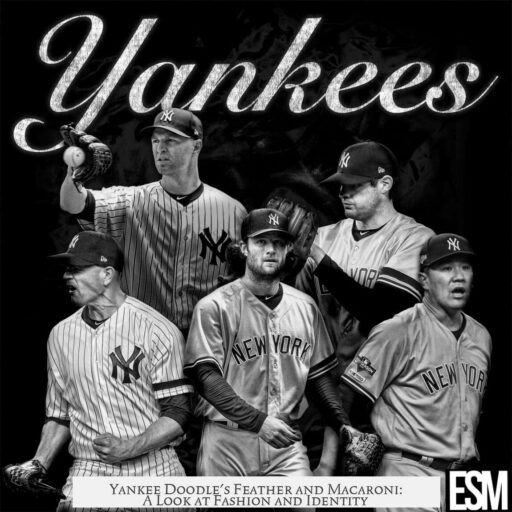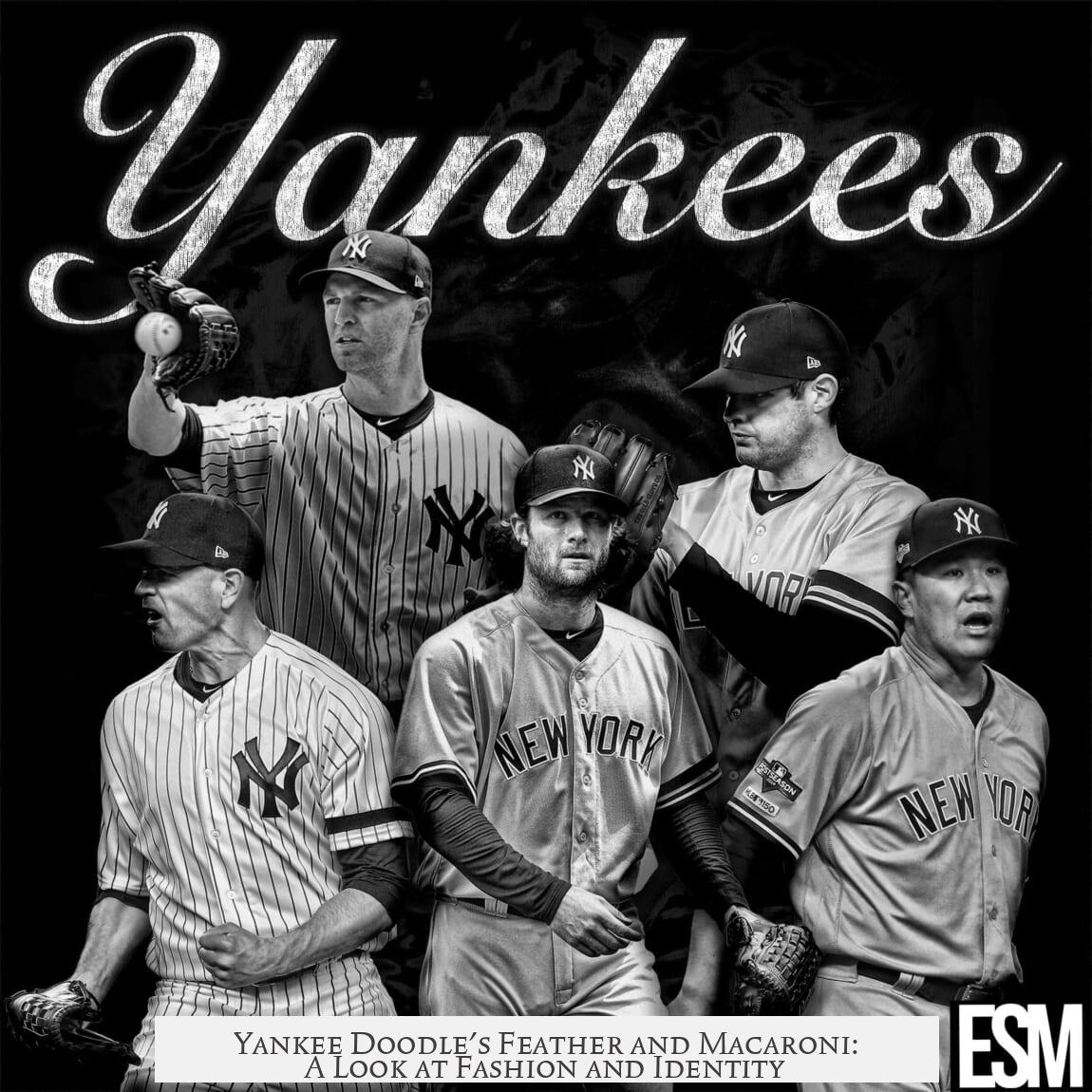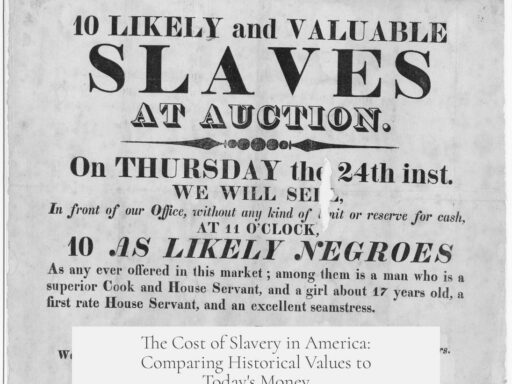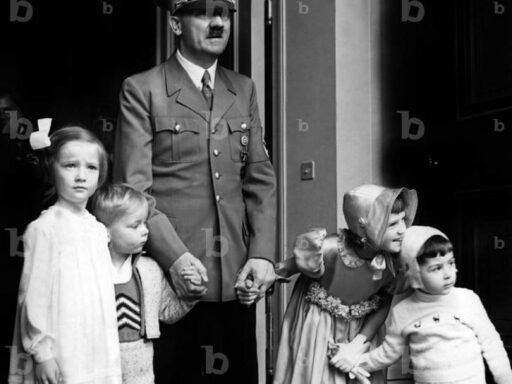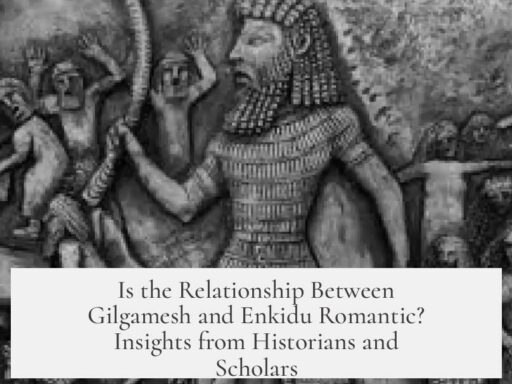Yankee Doodle sticks a feather in his hat and calls it macaroni to mock the lack of fashion sense among colonial American soldiers during the Revolutionary War. The phrase highlights the contrast between British high fashion and the simpler style of the colonists.
The term “macaroni” was a slang word in 18th-century England for a man who adopted flamboyant, extravagant fashion. Macaroni men followed the latest European trends and dressed in ways that were highly sophisticated and elaborate.
When the song “Yankee Doodle” says a soldier “stuck a feather in his cap and called it macaroni,” it implies the soldier thought this simple feather made him fashionable on par with the macaroni trend. In reality, the soldier remained plain and unsophisticated.
This was a form of satire. The British used the song to mock the colonial troops, suggesting they had poor style and lacked refinement. The feather symbolized a minimal effort at decoration, but calling it macaroni showed ignorance of real fashion.
Such teasing also reflected deeper social and cultural attitudes. The colonists’ simpler dress was seen by the British elite as crude and uncultured. The phrase dramatized the cultural gap between the British and colonial Americans.
- “Macaroni” referred to extreme, fashionable dressing in 18th-century England.
- The feather in the cap was a modest decoration thought to be equivalent to high fashion.
- Yankee Doodle’s use of the phrase mocked colonial soldiers’ lack of sophistication.
- The term highlighted the British view of colonists as unsophisticated and rustic.
The song eventually became a symbol of American pride and resilience, though its origins were mocking. Over time, Americans embraced “Yankee Doodle” as a celebration of their own identity despite British ridicule.
- The feather represented a naive attempt at fashion.
- Calling it “macaroni” was ironic and humorous.
- The phrase shows cultural and social differences between the British and the colonists.
- “Yankee Doodle” reflects historical attitudes and has evolved in meaning.
Why Did Yankee Doodle Stick a Feather in His Hat and Call It Macaroni?

Simply put, Yankee Doodle stuck a feather in his hat and called it macaroni as a cheeky joke about fashion and status—he was poking fun at himself and the fancy European styles he didn’t quite understand. This quirky line is more than just nonsense from an old song. It’s a window into 18th-century culture and how fashion, identity, and humor mixed in surprising ways.
Let’s unravel the story behind “macaroni” and why that feather mattered.
The Origins of Macaroni: A Passport to Fancy Fashion
Back in the 18th century, young English gentlemen with money and ambition were expected to go on what was called the Grand Tour. This was basically an extended holiday across Europe—mostly France and Italy—to soak up art, culture, and yes, fashion. When these young guys returned home, they brought back more than souvenirs; they brought back stylish and ornate clothing choices.
But not just any style—this fashion was bold, sometimes extravagant, often sporting huge wigs piled high and outfits crowded with ornamentation. The English playfully dubbed these fashion-forward tourists “Macaronis.” Why macaroni? Because during their travels, they’d often indulge in exotic foods like pasta, particularly macaroni, and the name stuck cheekily to represent their fancy, foreign tastes.
Macaronis: The Epitome of Effeminate and Frivolous?
Imagine men decked out in high wigs and flashy clothes—looks that screamed, “Look at me!” This led to plenty of teasing. The Macaronis were often mocked for their effeminate and frivolous style. They were the 18th-century version of the “try-hard” crowd, the fashion-forward folks who sometimes went a bit overboard.
It’s important to understand that in those days, fashion was closely tied with social class and identity. Wearing macaroni style clothes meant you were cosmopolitan and affluent. It wasn’t just about looking good; it was about signaling privilege and taste. But for many, it came across as silly or affected.
So, Where Does Yankee Doodle Fit In?
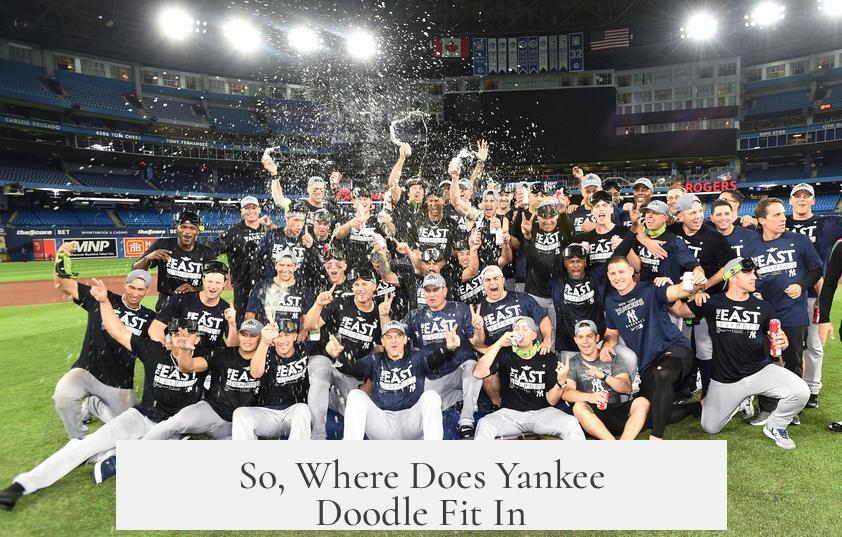
Enter Yankee Doodle, an American colonial tune with roots in British mockery. The song originally ridiculed the American colonists as unsophisticated and uncultured. The famous line:
“Yankee Doodle went to town, Riding on a pony; He stuck a feather in his cap And called it macaroni.”
Now, think about that feather. To the well-heeled Macaronis, fashion was about elaborate wigs and grand accessories. A simple feather in a cap didn’t come close to that level of style. By saying the feather was “macaroni,” it humorously suggests that the Yankee soldier believed his plain feather was on par with high European fashion—but it clearly wasn’t.
This wasn’t just an insult thrown at the Yankees by the British. Over time, Americans embraced the line, turning it into a badge of pride: “We may be plain, but we’re proud and clever.” The feather sticks out as a symbol of spirited determination, even if you don’t have fancy clothes.
Fashion, Identity, and a Feather’s Meaning
What can we learn from this? First, fashion is language. Wearing a feather and calling it macaroni sends a message, however ironic. It reveals how culture and style communicate identity. Second, the line highlights a clash between American practicality and European extravagance. The feather says, “I’m making do with what I have,” but with confidence.
Interestingly, the song’s humor lies in this tension between earnestness and affectation. It calls out pretense while celebrating authenticity. It’s like when someone shows up to a fancy party in jeans and jokingly calls their outfit “couture.”
Can We See This Today?
Absolutely. The phrase about macaroni reminds us how clothing and style are used to signal belonging, status, and values. Even now, “fashion fails” or homegrown styles often get labeled as “trying too hard” or “not quite there.” Yankee Doodle’s feather is a playful reminder that self-confidence outweighs labels.
Besides the humor, there’s a social commentary tucked in—mocking Macaronis came from cultural and class divides. The simple feather stood as an emblem of American colonial independence and practicality.
Wrapping Up: Why the Feather and the Macaroni?
The feather in Yankee Doodle’s cap—and calling it macaroni—showcases a rich cultural joke from history. The Macaronis represented fancy Europeans with elaborate fashion, while a lone feather was a humble American’s proud claim to high style.
This line cheekily says that even if you don’t fit the European mold, you can still hold your head high and own what you have. It’s about humor, identity, and a bit of historical sass all wrapped in a catchy tune.
Next time you hear “Yankee Doodle,” imagine that brave soldier with his feather, smiling knowingly. Fashion isn’t just about rules or trends—it’s about personality, confidence, and sometimes, a little defiant humor.
